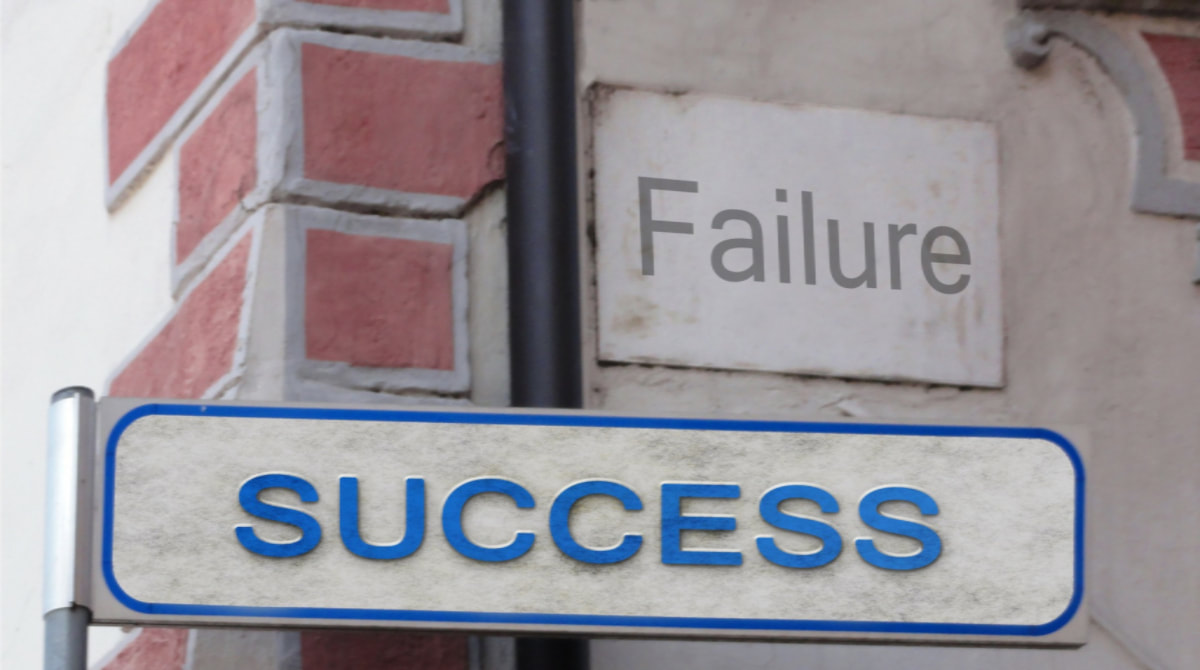|
It’s the end of the year and that means lots of “wrapping up” events and activities. You have service awards, retirement banquets, graduation ceremonies (kindergarten, 5thgrade, and high school). The one thing you cannot afford to forget is the reflection time needed to set you up for a successful year next year. At the end of the current school year, you might consider taking a moment to stop and reflect on the following: What went well? What things were a hit with parents, teachers, and students? What did most stakeholders jump onboard and not just follow, but enjoy? What instructional practices proved to be successful and led to increased student achievement? What needs to be tweaked? What is going well, but could stand a little improvement? Did you implement an instructional practice that everyone is doing, but may need to improve the level of implementation? What is not working and should be abandoned? There are some things we implement sometimes that turn out to be a disaster. Don’t be the leader who can’t admit that something you tried didn’t work. If it was a complete disaster, honestly admit that it didn’t work too well and abandon it. Reflection time is essential to personal and professional growth. As you look forward to enjoying your time away from the hustle and bustle of an active campus, make sure you take the time to reflect on your successes and failures from the school year. dit.
0 Comments
Anyone who has been a leader for more than a couple of weeks would agree that leadership is a complex and challenging role. Being a successful leader is like being an award-winning juggler. Leadership is juggling everything, striking the right balance as not to break any of the fragile things in your juggle.
Because leadership has always been intriguing to me and because I’ve served in leadership roles as far back as middle school, I observe leaders. I’ve watched the intricacies of leadership. I’ve watched various leaders in various fields. One thing I’ve noticed is that sometimes we get off track with our leadership and focus on the wrong things. Remember, leadership means there are people following you… people for which you are responsible. The one thing you should not be is a dictator. Leadership is intensely challenging enough by nature, why add to the challenge? Leaders sometimes make decisions that put more on them than is necessary. Some decisions cause more strife and conflict than it’s worth. Just because we can impose rules and regulations, doesn’t mean we should in some areas. Below are a few examples of rules we impose that may add more discord/conflict to our already challenging role of leadership. Assigned Seating Assigning seats for meetings serves what purpose? If you need different groups sitting together for activities, then it is worth assigning seats. If you do not, is it worth upsetting the audience by dictating where they sit? If they are upset or uncomfortable with the seating arrangement, will they be able to receive the information you are presenting? Is having them upset and not receive the information worth you telling them where to sit? No Device Rule As a PD person, it used to drive me crazy for people to be on their phones or computers during training. Instead of telling people to pay attention, I began working to make my sessions more engaging. I learned that as I engaged them, they didn’t have time to be on devices. I could have told them no devices and upset them and risk their learning, or I could have chosen to find ways to gain their attention. I chose the latter. When thinking about imposing a new rule or regulation, decide whether it is worth the backlash. Don’t add more challenges to an already challenging role. If you are on a mission to be the best you can possibly be. If you are committed to providing the very best education you possibly can for the children in your care. If you are committed to achieving greatness on your campus, one thing is for sure… you will fail. How you rebound after failure determines your future success.
Unfortunately, we don’t always reach goals we set for ourselves. Sometimes the goals were unrealistic from the beginning. Sometimes unforeseen circumstances appear and serve as great obstacles. Sometimes we simply have the wrong action plan in place to reach our goal. When failure appears at your doorstep, how do you respond? Do you continue your action plan as developed? Do you blame circumstances? Do you blame other people? Do you blame your students? Do you blame your teachers? Do you blame your parents? Do you blame central administration? Do you blame politicians? If you blame anyone other than yourself and your plan, you are sure to fail again. Blaming anyone other than yourself or your plan is pointless. You cannot control anyone other than yourself. To blame anyone other than yourself means you can never reach your goal. Instead of blaming others, think about why the plan didn’t work. Did I have a solid tutorial plan in place, but students didn’t attend tutorials? Action Plan: Find a way to get the students there. Feed them. Give them a prize for attending all sessions. If you have parent permission, have someone collect all of the students before dismissal before they have an opportunity to escape the building. Did I have a solid intervention system where interventions were given frequently and consistently? Reflection Questions: Were the right teachers with the right group of students? Were students appropriately grouped? Were teachers using appropriate material with students? Do I have the right people on the right bus in the right seat at the right time? Reflection Questions: Determine “the best fit” for each of your teachers. Are you benefiting from everyone’s strengths? Some teachers do a great job with the younger students. Some teachers do a great job with older students. Identify the strengths of your teachers and place them accordingly. Do we have solid Tier 1 instruction in place? Action Plan: If most of your students are not successful, it’s a sure sign that there is a curriculum and instruction issue. Either the curriculum is not aligned to state standards or teachers are not properly “instructing” the curriculum in the classroom. Determine which is the concern and then work to fix it. If it is instruction, dig deep to determine the exact areas that are lacking.…then put together a plan to train your staff. Consider frequent and consistent time each week spent on professional development. Train all staff members in areas that seem to be the weakest areas on the campus. The way to learn from failure and move forward is to reflect on your practices and make necessary changes. When you fail, how do you rebound? |
AuthorPaula Patterson is a Superintendent of Schools who shares practical points on leadership. Archives
May 2020
Categories |




 RSS Feed
RSS Feed